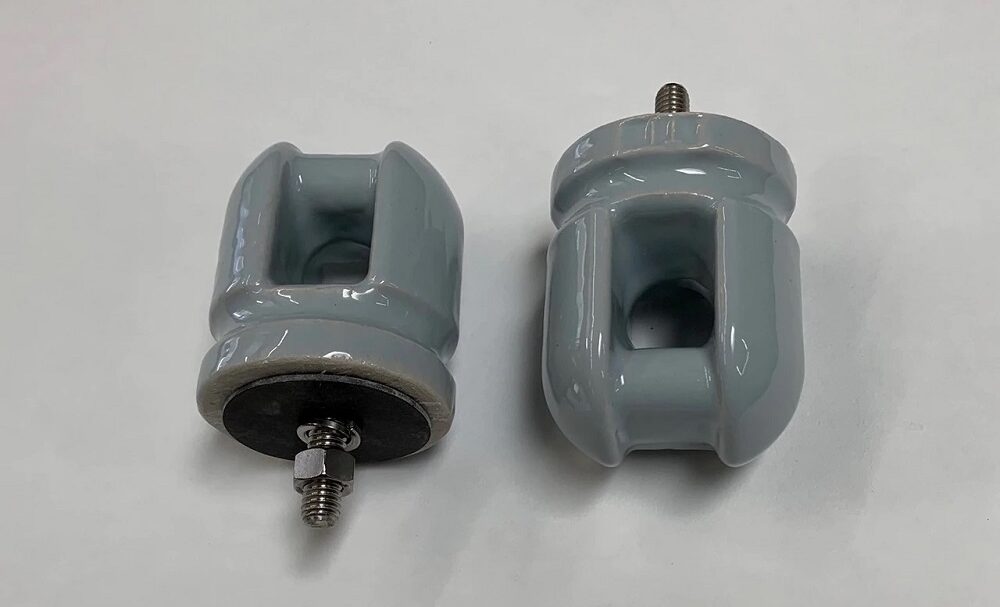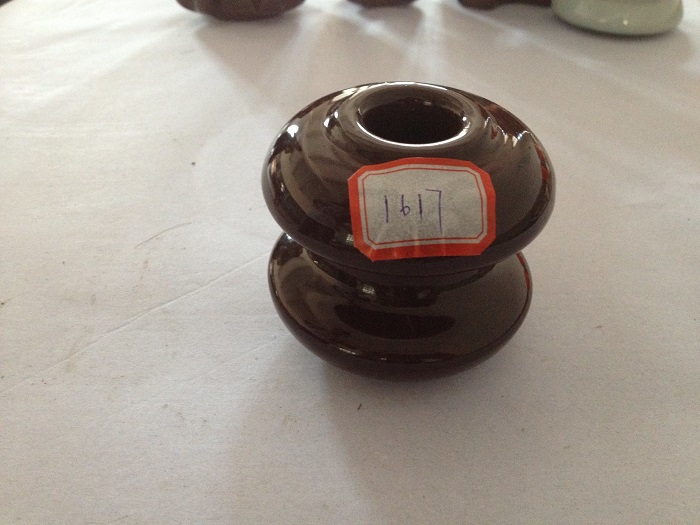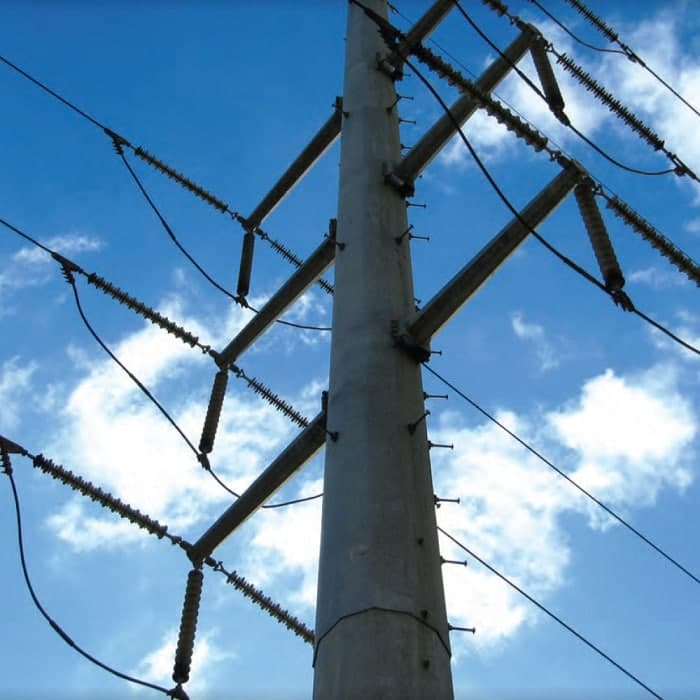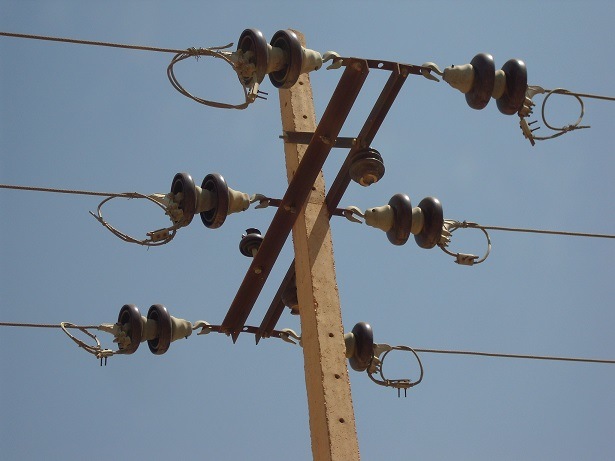Pin insulator is one type of insulator. An insulator protects the overhead line conductors on the poles to avoid the current movement into the earth. The designing of an insulator can be achieved using various materials like rubber, wood, plastic, etc. But the most common material used in the insulator is porcelain. This article addresses a description of various types of insulators, such as a pin insulator. So, follow us at Linquip’s latest article.
Different Types of Insulators?
- Pin insulator
- Strain insulator
- Stay insulator
- Post type insulator
- Suspension insulator
- Shackle insulator
- Disc insulator
What is Pin Insulator?
An insulator used to insulate a wire, such as a pin on a utility pole from a physical reinforcement is known as a pin insulator. The pin insulator is used in power delivery for voltage up to 33kV. It is positioned on the cross arm of the supporting tower. The pin insulator has grooves at the top to keep the conductor. The conductor is connected to the insulator by the angled binding wire of the same material as the conductor on the top groove on the straight-line positions and side groove. A lead thimble is cemented into the insulator body to receive the pin.
Depending on the application voltage, the pin insulator may be one part, two parts, or three parts. As the voltage is higher, the thicker the insulator requires to have enough insulation.
Construction of Pin Insulator
Pin insulator comprises two main components: porcelain and galvanized bolt-in steel. The bolt is joined by cementing at the foundation. The insulator against bolts may be secured by several techniques.
Considerations when designing pin insulators
When deciding to design a pin insulator, you need to consider the following points. First, the conductor is attached to the top of the insulator and it is possible to connect the base of the insulator to support the earth’s potential structure. Second, the insulator must tolerate the possible friction between the earth and the conductor. It is known as the distance between earth and conductor, accompanying insulator, and electrical discharge by air. When the insulator is wet, the exterior surface is almost conducting. Finally, the distance in an insulator is reduced.
Read More on Linquip
- The Essential Guide to 4 Main Types of Insulator
- What is Disc Insulator? Types & Applications
- Detailed Information About Suspension Insulators
- What is Stay Insulator?
- Detailed Information About Strain Insulators
- Difference between Conductors and Insulators: All you need to know!
Does the pin insulator fail?
Puncture or flashover is the result of the electrical loss of the insulator. The arc travels through the insulator body as it is punctured. The flashover is caused by the arc discharge from air covering the insulator between the conductor and the earth. The flashover is caused primarily by line surging or the creation of a wet conduction layer on the surface of the insulator. The flashover does not harm the insulator, but after the puncture, it makes the insulator useless. The insulator provides the material with adequate thickness to keep the puncture from surging. The flashover is minimized by increasing the resistance to leakage. By building multiple layers called “petticoat”, the length of the leakage path is increased. The petticoat kept the inner surface relatively dry in wet weather and thus provides sufficient leakage resistance to prevent a flashover. The increased size, weight, and cost of the pin insulator put a limit to its use above 66kV. For high voltage jobs, thus, suspension insulators are used.
Pros of pin insulator?
- The pin type insulator has a good creepage distance.
- The mechanical resistance is high.
- It is used on the distribution line for high voltage.
- The design and maintenance of the pin insulator form are clear.
- It can be used both horizontally and vertically.
Cons of pin insulator?
- It should be used with the spindle.
- It is only used in the distribution line.
- The voltage is limited to 36kV.
- The pin of the insulator damaged the insulator thread.
Strain Insulator
The string insulator is named when the suspension string is used for sustaining an exceptional tensile load on the conductor. If the transmission line runs in a dead-end or a tight corner, the line must carry a great pressure or tensile load. There must be a substantial mechanical strength and a requisite electrical property for a strain insulator.
Stay Insulator
The stays shall be insulated from the ground at a height for low voltage lines. The insulator used in the wire is called a porcelain stay insulator and is thus intended to prevent falling to the ground in the event of breakage of the insulator.
What is Post type Insulator?
Post type Insulator is similar to pin insulator, but they are ideally suited for devices with higher voltages. In contrast with pin insulator, post insulator has a higher number of petticoats and a larger height. Both horizontally and vertically, we can install this type of insulator. The insulator is composed of a single porcelain piece and is fastened in the top and bottom ends of the clamp.
What is Suspension Insulator
In higher voltage, over 33KV, pin insulator is not cost-effective, so size and insulator weight rise. It is very difficult to manage and replace a larger single unit insulator. The suspension insulator is designed to solve these difficulties. Numbers of insulators in series are joined to form a string in the suspension insulator and the line conductor is supplied by the lowest insulator. Due to the type of their disc, each insulator of a suspension string is known as a disc insulator. The suspension insulator is mainly classified into two types: Cap and Pin insulator, and Hewlett or Interlink insulator.
What is Shackle Insulator
Shackle insulator is made of porcelain materials of high quality and it is one of the finest insulators. For conductors, they are very reliable. The Shackle Insulators are engineered to react most cost-effectively to electricity requirements. The Porcelain Insulators can be fitted for high temperatures and current and are the perfect way to keep electrical equipment secure. In low-voltage distribution, lines shackle insulators are used. They are also known as spool insulators.
What is Disc Insulator?
Disc insulators provide a cost-effective and high-quality raw material alternative for medium and low polluted conditions. These insulators are popular for their use of transmission & distribution lines in the large marketplace. These insulators’ uses include transmission lines, industrial commercial, and highly efficient features such as minimized corrosion and durable design; they are used to support conductors, to insulate cables and electrical wiring.
Thus, this was all about an overview of different types of insulators like the pin insulator, disc insulators, etc. For pin insulators, we briefly mentioned their different parts, whether they might fail to work, and what benefits and side effects they can have. But you might have more questions. So, register at Linquip and comment on this blog post.







Rate plzz
I came across a stack insulator on a 12kv circuit, each insulator had a cord fed from a OD back to each base. What do they do and how do they work?